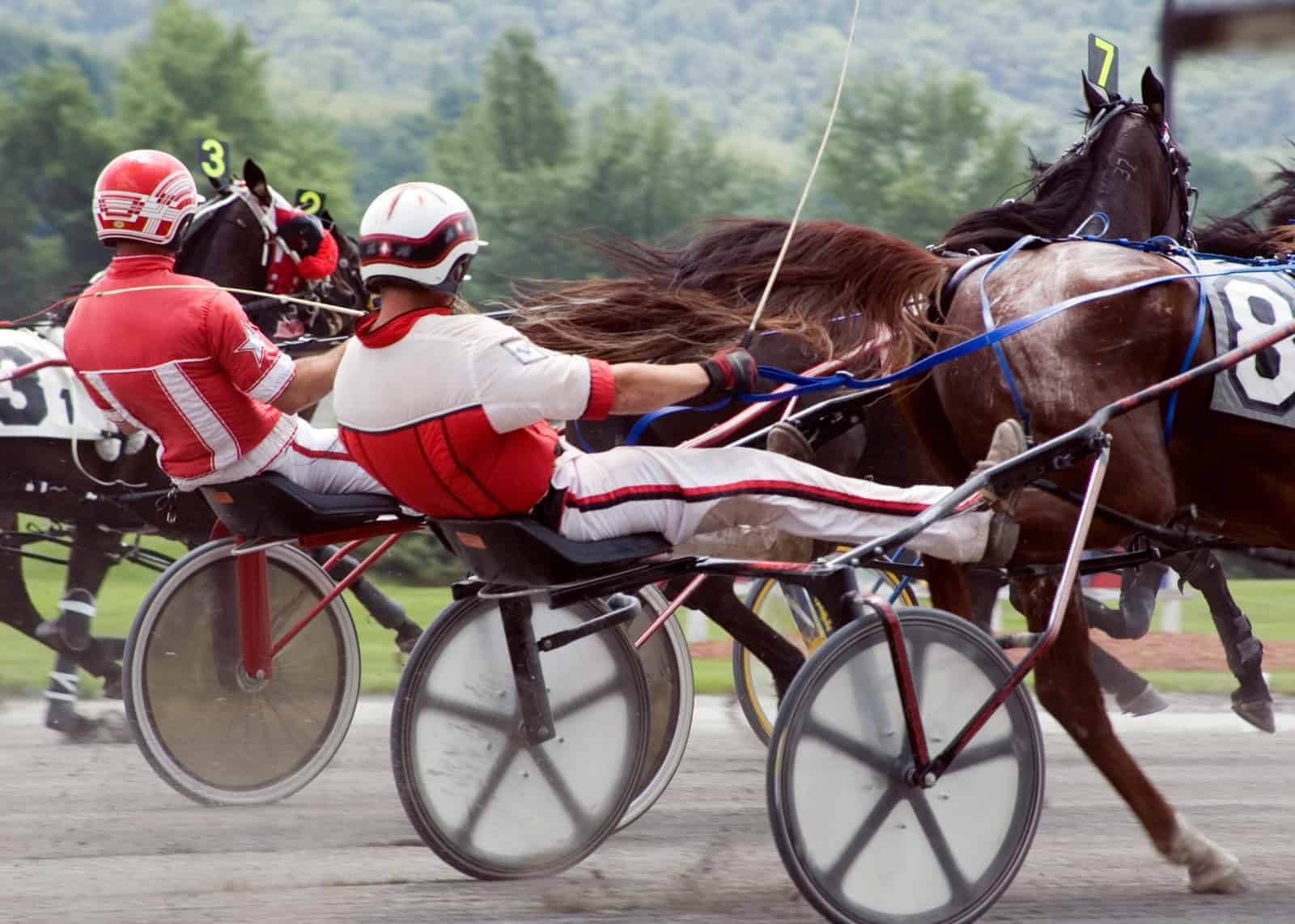‘Welfare-Friendly’ Whip Use in Standardbred Racing Doesn’t Diminish Performance
- Topics: Welfare and Industry

Dramatic whip use in Standardbred racing might make for a thrilling finish for some spectators, but it’s probably not going to make the horses trot any faster. Recent study results suggest that modifications in whip rules over the years, aimed toward more ethical use, had no negative effect on racing performance or race times.
Their data analysis suggested there might have even been a slight trend toward improved performance after whip use in Standardbred racing was regulated to allow for “flicking actions of the wrist or elbow” as opposed to a “swinging arm action,” said Paul McGreevy, BVSc, PhD, MRCVS, MACVS (Animal Welfare), professor of animal behavior and animal welfare science at the University of Sydney, in Australia.
Harness Racing Australia changed whip use rules in Thoroughbred and harness racing, starting in January 2010, toward more “welfare-friendly” rules, he said. Those progressive changes were met with criticism that less whipping would make the horses run slower. But results from McGreevy’s study contradict that criticism, he said: He and his fellow researchers found that since the rules were introduced, horses haven’t raced any slower—on the contrary, they’ve become slightly faster
Create a free account with TheHorse.com to view this content.
TheHorse.com is home to thousands of free articles about horse health care. In order to access some of our exclusive free content, you must be signed into TheHorse.com.
Start your free account today!
Already have an account?
and continue reading.

Written by:
Christa Lesté-Lasserre, MA
Related Articles
Stay on top of the most recent Horse Health news with












